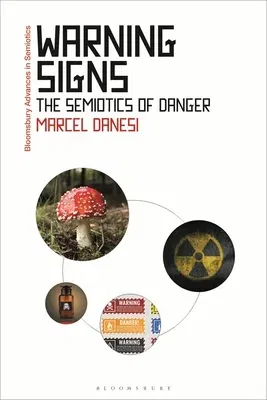Marcel Danesi
(Author)Warning Signs: The Semiotics of DangerPaperback, 13 January 2022

Qty
1
Turbo
Ships in 2 - 3 days
Only 2 left
Free Delivery
Cash on Delivery
15 Days
Free Returns
Secure Checkout

Part of Series
Bloomsbury Advances in Semiotics
Print Length
192 pages
Language
English
Publisher
Bloomsbury Academic
Date Published
13 Jan 2022
ISBN-10
1350178306
ISBN-13
9781350178304
Description
Product Details
Author:
Book Format:
Paperback
Country of Origin:
US
Date Published:
13 January 2022
ISBN-10:
1350178306
ISBN-13:
9781350178304
Language:
English
Location:
New York
Pages:
192
Publisher: